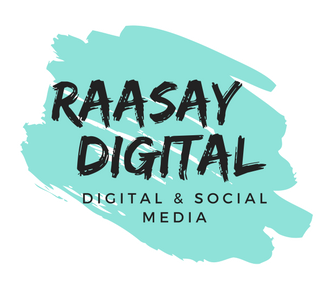An evergreen lease term is structured in such a way that it is automatically extended at the end of the term. It is then transferred to another term with a similar period of time or activated from month to month. For example, a tenant who signs an evergreen lease with their landlord must live in the property for one year, after which the contract becomes a permanent monthly housing contract. During the monthly auto-renewal period, both parties can break the agreement. An evergreen contract is extended after the deadline or expiry date. It will renew until both parties agree to terminate the termination. There are several ways to cancel evergreen contracts: On the other hand, leases can also have a monthly agreement of indefinite duration instead of automatically rebroadcasting a term similar to the initial issue. In this way, both parties have the option of breaking the contract at monthly intervals. One of the details that the parties sign in a contract is the duration or duration of the expiration of the contract. The duration of the contract varies considerably and all parties are obliged to perform their obligations for as long as the contract is defined. If neither party terminates it by the expiration date, they are all required to comply with the contractual policy for another similar period. Note that there is an expiration date (two years after execution). This is still an evergreen clause, as the contract simply continues indefinitely after it expires.
One would expect that this agreement would contain clear termination provisions that will allow both parties to terminate the agreement in the future. If neither party terminates the contract by the specified expiration date, both parties are required to comply with the obligations set out in the contract for a period similar to that of the first issue. One of the conditions that the parties sign is the duration of the agreement, in which each party is bound by the agreement. The duration of a contract is very different. The parties are expected to fulfil their obligations as long as the Agreement is in force. Evergreen contracts are used for a variety of purposes, including leases, purchase agreements, and service contracts. One of the biggest shortcomings of contract management for businesses is the short-sighted focus on a single contract. While it is certainly important to negotiate the best deal for the organization, contract risk management accelerates after the contract is processed. Evergreen clauses can exacerbate this problem because there are few external reasons to re-evaluate them after execution.
Unless there is a breach when it is too late to process the contract proactively. Many insurance contracts have evergreen clauses. When a policyholder purchases auto or home insurance, the insurer usually extends the policy for another year, unless the insured person indicates otherwise. If the terms of the policy change during the new period, the provider will notify the insured. It is difficult to carry out the above analysis without proper marking of contracts with evergreen clauses or without a clear duration. One of the most common missteps in finance, law, and contract management is to open the list of contracts in the spreadsheet and leave the “Expiration Date” column in the row with the new contract empty. Evergreen clauses can take one of the following forms: Evergreen contracts are easily submitted and forgotten. At the time of signing, it is difficult to imagine forgetting a contract. Organizations can suffer from contractual amnesia in several ways. An evergreen contract simply becomes another contract for organizations that produce an astonishing number of contracts. Staff turnover also means that the institutional memory of an evergreen contract is easily lost with the last departure. Understanding evergreen contracts in the context of business units (departments, departments, etc.) or by type of contract is particularly revealing.
Given this definition, it is worth noting that an evergreen contract is not the same as a self-renewing contract. An auto-renewing contract, like its evergreen sequence, is automatically renewed, but for a certain number of times. For example, a five-year lease that automatically renews may include a one-year renewal provision. Instead, set up a contract management solution to classify evergreen contracts as they arrive. There is still no expiration date, but with a solid classification system, you can run the reports and perform the necessary analysis to prevent evergreen contracts from draining the organization. Another way to terminate an evergreen contract depends on the terms set out in the agreement. If one of the parties does not agree to cancel the contract and neither party is in default, it is possible to negotiate a new, slightly modified agreement. Many different contracts contain evergreen clauses. These examples are by no means an exhaustive list of evergreen contracts. An evergreen contract is automatically renewed for a certain period of time without notice. A contract of indefinite duration is renewed until a party decides to terminate the contract.
To understand how an evergreen clause works, it`s important to know when a contract usually ends. Evergreen clauses can be found in many types of contracts, . B such as the following: For example, an investor with a 2% investment vehicle may plan to transfer the invested funds to another vehicle with another company that offers 5% on the maturity date.. .
